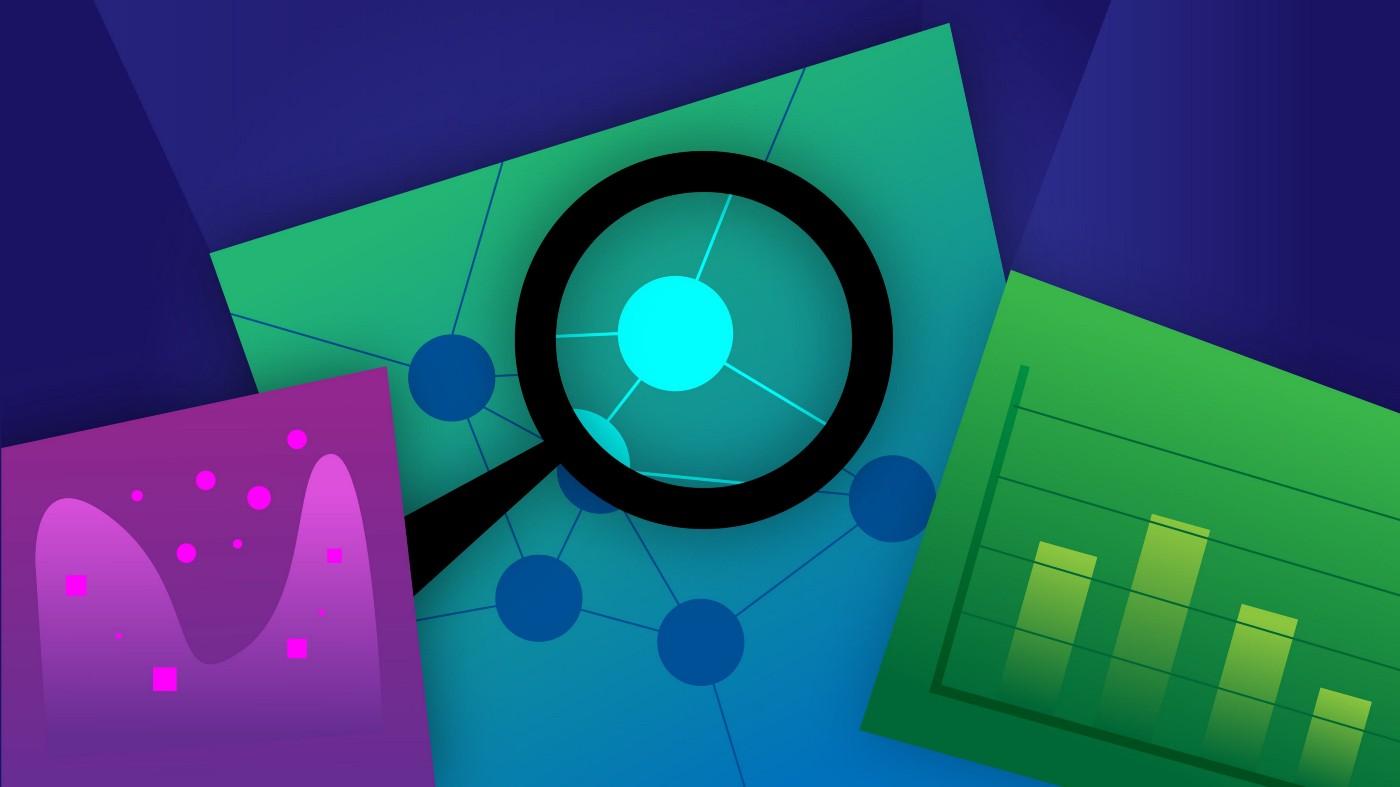|
In recent years, Robotics Process Automation (RPA) has emerged as a disruptive technology that is revolutionizing business operations across industries. RPA refers to the use of software robots or "bots" to automate repetitive and rule-based tasks, enabling organizations to streamline their processes, improve efficiency, and reduce costs. This article explores the various aspects of RPA and its impact on businesses. Introduction to Robotics Process Automation: RPA involves the use of intelligent software robots that mimic human actions to perform tasks within existing applications. These bots can interact with multiple systems, extract data, manipulate it, and trigger responses. By automating mundane and repetitive tasks, RPA frees up human resources, allowing employees to focus on more value-added activities. Benefits of RPA Implementation: The implementation of RPA offers several benefits to organizations. Firstly, it significantly enhances operational efficiency by reducing errors and processing times. Bots work tirelessly without getting tired or making mistakes, leading to increased accuracy and productivity. Secondly, RPA helps in cost reduction by eliminating the need for manual labor and minimizing human errors that can result in financial losses. Moreover, RPA enables 24/7 operations, ensuring round-the-clock productivity and faster turnaround times. Applications of RPA: RPA finds applications in various industries and departments. For example, in finance and accounting, it can automate tasks such as invoice processing, accounts payable/receivable, and financial report generation. In human resources, RPA can assist in employee onboarding, payroll management, and leave application processing. Additionally, RPA can be leveraged in supply chain management, customer service, IT support, and compliance-related processes. The versatility of RPA makes it applicable across different sectors. Challenges and Considerations: While RPA offers numerous advantages, there are challenges that organizations must address during implementation. One such challenge is the identification and selection of suitable processes for automation. Not all tasks are ideal for RPA, and careful analysis is required to determine which processes can be effectively automated. Additionally, data security and privacy concerns need to be addressed to ensure that sensitive information is protected. It is crucial to establish proper governance and control mechanisms when deploying RPA solutions. Future Trends: The future of RPA looks promising, with ongoing advancements in artificial intelligence and machine learning. Intelligent automation, which combines RPA with cognitive technologies like natural language processing and computer vision, will enable bots to handle more complex tasks and make decisions based on real-time data. Furthermore, the integration of RPA with other emerging technologies like robotic process intelligence and predictive analytics will unlock new possibilities for organizations seeking to optimize their operations. Conclusion: Robotics Process Automation is transforming the way businesses operate by automating routine tasks and optimizing operational efficiency. RPA offers significant benefits, including improved productivity, cost reduction, and 24/7 operations. However, careful consideration must be given to challenges such as process selection and data security. As RPA continues to evolve and integrate with other technologies, organizations can expect further enhancements and opportunities for growth in the future. Embracing RPA can unlock a new era of agility and competitiveness in the digital age.  |
